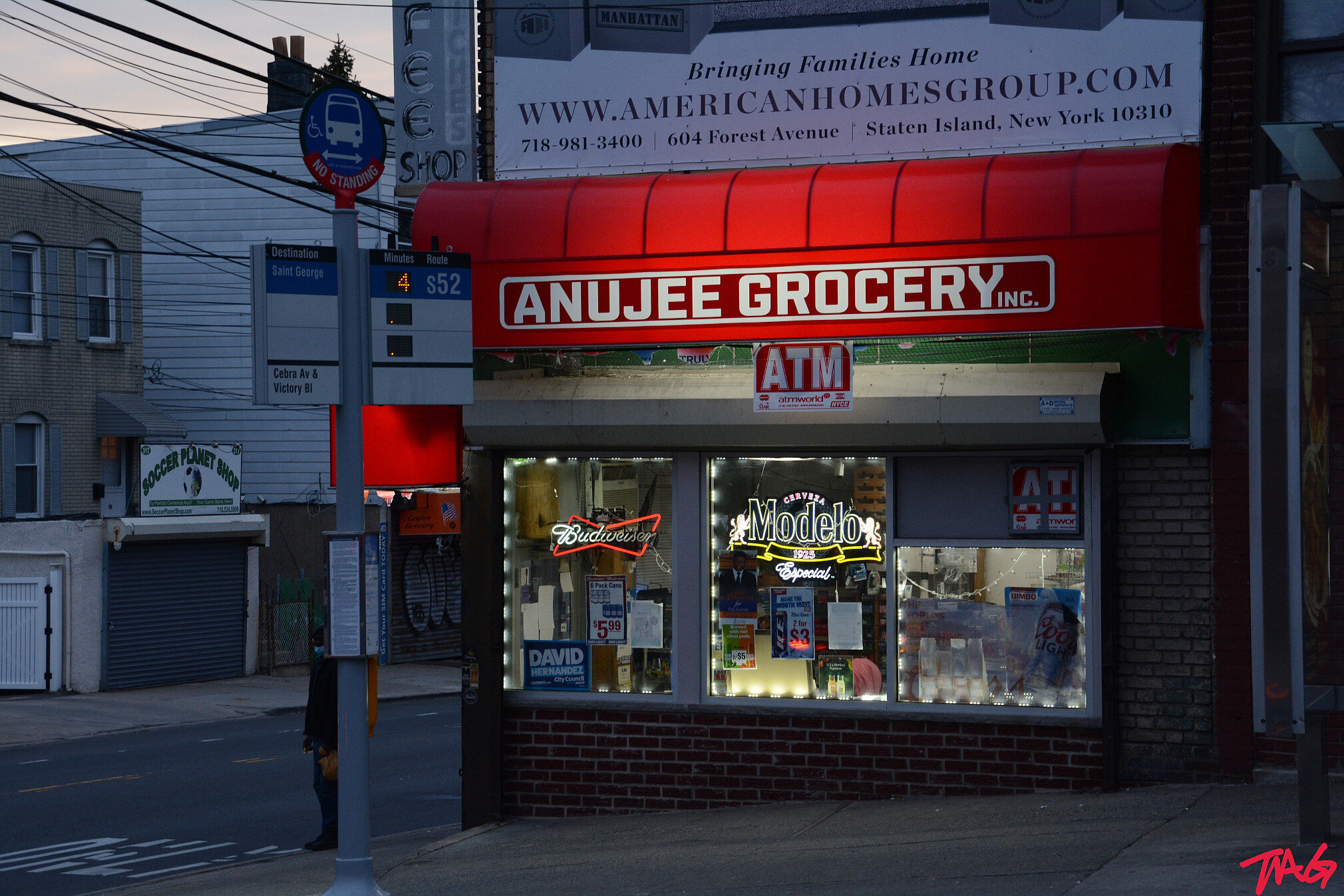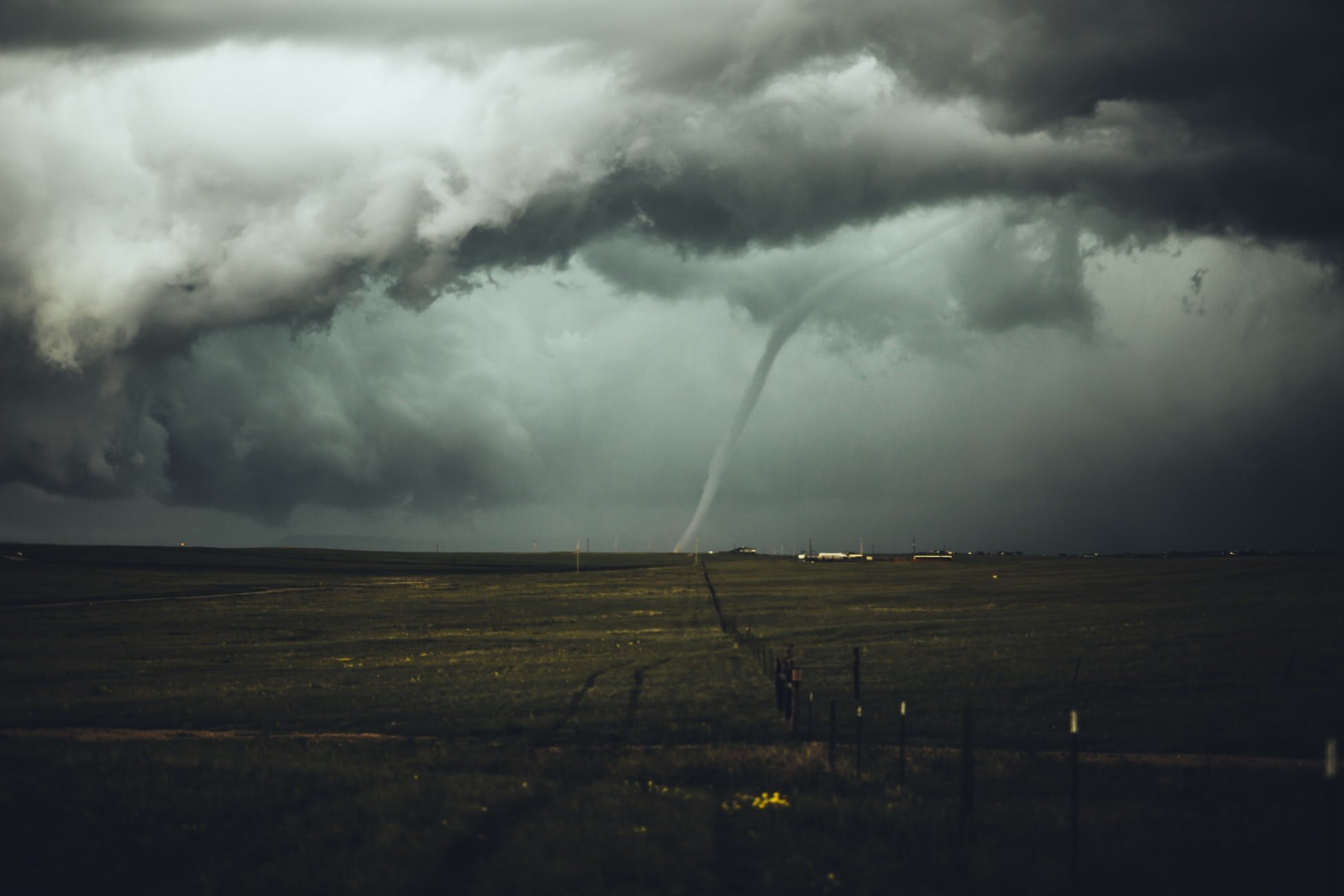Friday Faves - Your Weekly Strong Towns Roundup
It's hard not to start every update without the line "It's been a busy week here at Strong Towns..." (Maybe it's our Minnesota roots?) But it's true: we have a lot we're working on. Some of it you've already seen—this week's articles and podcasts, of course—but there’s more to come soon, like a powerful new series kicking off Monday from Chuck and other writers. Chuck will also be visiting Lockport, Illinois, next week. Lockport was this year's Strongest Town winner, and we can't wait to meet the people and the town behind the championship campaign. Even if you’re not a resident or community member of Lockport, you can still stream Chuck’s winning presentation live.
A reminder: our new course, "Aligning Transportation with a Strong Towns Approach," is now available in the Strong Towns Academy. You can get a 20% discount through June 30 using the code NOSTROADS.
Here’s what Strong Towns staff were up to this week:
Kohout, standing outside of the senior living complex. Image via TikTok.
Lauren: This story about a young woman, Madison Kohout, mistakenly moving into a senior living complex is just cute. Intergenerational living used to be the standard, but as society has migrated to a preference for single-family living and age-segregated education, the social distance between youngsters, adults, and elders has turned into a physical separation. Strong Towns has published several stories on how we can design our built environment to break down age barriers. If Kohout’s story sparked some joy for you, I’d recommend checking them out as well.
John: My daughter has been heroic during the pandemic. Thirteen is an especially hard age to have school and social and even family life disrupted, and yet she’s handled it bravely, creatively, and compassionately. Still, there have been stretches when—understandably—she’s struggled to hold on to the positive. The challenge for my wife and me has been to nudge our daughter in a more hopeful direction without invalidating her feelings. Just this week we had a gentle conversation with her where we talked about the surprising extent to which we can cultivate gratitude like a garden, and how consciously choosing a mindset of gratitude can change how we experience the world.
I thought about that conversation when reading this lovely short piece by Scott Pearce in Front Porch Republic. Inspired by the “truly magnificent, expansive marvel” of the Chesapeake Bay Watershed, Pearce, a geotechnical engineer, reflects on people who seem to be an overflowing reservoir of gratitude. “What rivers are pouring into that thankful heart? And what streams are feeding those rivers? What otherwise unspectacular ditches, dales, and swales are feeding those streams? How large, how active is the watershed of the grateful heart?” Pearce’s essay offers a powerful metaphor of the complex social webs we’re all a part of. It was also a good reminder that what I have available to pour into my daughter’s heart is determined in part by what I allow into my own.
Rachel: Small neighborhood groceries are something I wish everyone had access to. I feel extremely fortunate to have lived a couple blocks from a corner store at every apartment I’ve called home as an adult. They just make life easier—whether you’ve run out of milk at 7 am or need an extra ingredient you forgot while you’re preparing dinner. Unfortunately, most Americans don’t have a corner store anywhere near them because we’ve regulated such businesses out of existence. This article in The Week, which features some insightful quotes from my colleague Daniel, explores the presence and absence of neighborhood groceries and offers some ideas for how to let these businesses take root and flourish.
Image via Unsplash.
Chuck: I’ve written before that the official gaslighting on inflation we’ve all experienced over the past decade-plus will be a primary part of the history lesson for this time period. The narrative in the Weimar Republic during their hyperinflation episode—the story they told themselves—was that there was a lack of currency, that people just couldn’t get enough physical money in their hands to meet their needs, and so the central bank needed to make more available by printing it. It looks ridiculous now, of course, but the narrative we tell ourselves—that there is no inflation while all tradeable assets are at record highs and the prices we all experience have been increasing rapidly—is just as absurd, especially when our response is to increase the money supply even more. This week at Epsilon theory they had a great article showing (not predicting) the dramatic wage inflation we have already experienced. The site also had a fantastic article explaining the hedonic adjustments in inflation calculations and how, according to the Bureau of Labor Statistic, the cost of a new car hasn’t changed in 30 years (no inflation) while a Honda Accord, the standard middle class automobile, has gone from a cost $12,000 in 1990 to $25,000 now (+108%). This is gaslighting as official policy. It can work for a while, until it doesn’t.
Shina: We've been getting a lot of tornado warnings here in Austin lately, which has drawn me down a rabbit hole of storm chasing videos. The team Tornado Trackers has some especially powerful footage, and one of their members, native Austinite Jeff Magnum, has also interviewed with KXAN, talking about the role of storm chasers in accurate weather reporting. "Being able to communicate with meteorologists … to make sure that what's being seen on radar is actually taking place in real time" is a big part of the job, he explains. "Ground truth is a really important part of storm chasing." There's no substitute for the awe (and terror) that these storms inspire when watching them unfold in person, but Tornado Trackers' videos provide a window into that experience—and it's a humbling reminder of how small we are against the power of nature.
—
Finally, from all of us, a warm welcome to the newest members of the Strong Towns movement: Jonathan Frederickson, Jacob Bickers, Bradford Fults, Nyasha Jena, Steve Lee, Christine Boles, Kevin Dolan, David DeTavernier, Pierce Longuskie, Nicholas Manor, Robert Bacheller, and Pamela Kaizer.
Your support helps us provide tools, resources and community to people who are building strong towns across the country.
What stories got you thinking this week? Please share them in the comments!




